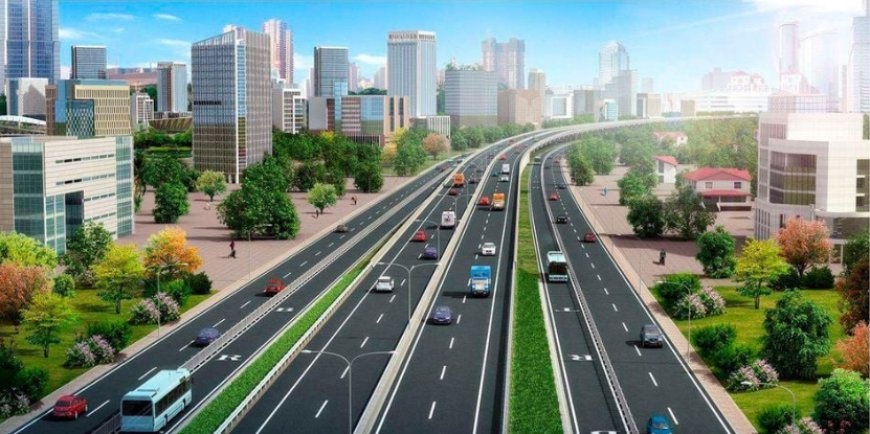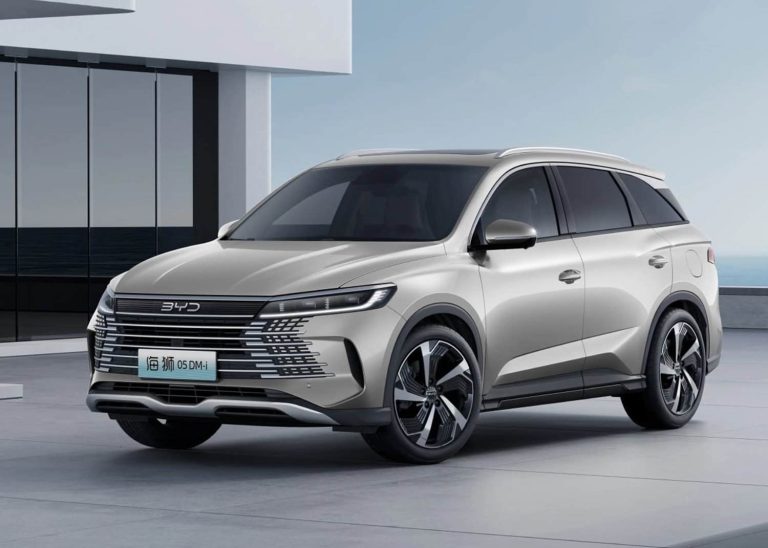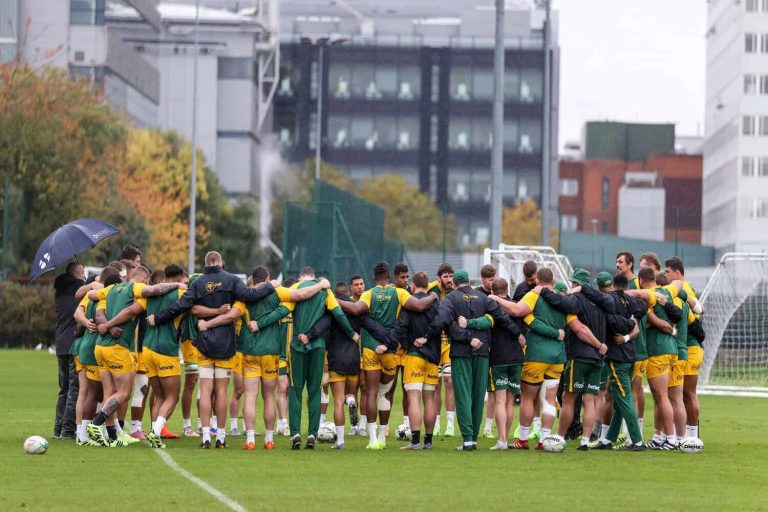
In Kampala’s Sheraton hotel, the air buzzed with rare optimism.
Around tables lined with maps, models and coffee cups, Ugandan and Kenyan officials sat side by side with financiers and engineers, united by a single ambition: to build a modern expressway linking Kisumu, Busia, Kakira, and Malaba, one that promises to reshape the way East Africa moves and trades.
The proposed 200-kilometre Kenya– Uganda Expressway, now officially declared investment-ready, is being hailed as one of the most transformative infrastructure projects in the region’s history.
Backed by the African Development Bank and coordinated through the East African Community (EAC), it will form part of the Trans-African Highway network, the artery that carries most of the region’s goods between the Indian Ocean port of Mombasa and the landlocked economies of Uganda, Rwanda, Burundi, South Sudan and the Democratic Republic of the Congo.
“This road is more than a piece of infrastructure,” said Gen (Rtd.) Katumba Wamala, Uganda’s minister of Works and Transport.
“It is an economic lifeline that will drive greater integration and shared prosperity between Uganda, Kenya and our neighbours.”
If completed as planned, the Kisumu– Busia/Kakira–Malaba Expressway will cut travel time dramatically between the two countries, easing congestion on one of East Africa’s busiest trade routes.
Today, trucks carrying goods from Mombasa to Kampala can spend days, sometimes weeks, battling potholes, border delays and bottlenecks. The expressway aims to change that.
“It will reduce the time vehicles take from Mombasa to Kampala or even to Eastern Congo,” said Andrea Aguer Ariik Malueth, the EAC’s deputy secretary general for Infrastructure.
“When travel time goes down, so does the cost of goods. That’s why this road will benefit every East African.”
The project’s design includes upgrades to one-stop border posts at Lwakhakha, Busia and Lumino, changes expected to streamline customs checks and ease movement of both goods and people.
“All three border posts will ease congestion,” said Eng. Charles Wani, Uganda’s commissioner for National Roads.
“We’re planning shorter, faster routes into Kampala through Lumino, which will save hours of travel.” For Uganda, the expressway ties neatly into Vision 2040, the country’s long-term plan to modernize its economy through large-scale infrastructure.
“Our trade and transportation will greatly improve,” said Gen Wamala.
“Kenya is our biggest trade partner, and it’s our gateway to the East African coast. The faster the goods move, the better for everyone.”
Kenya’s representatives echoed the sentiment. Eng. Charles Obuon, director of Public–Private Partnerships at the Kenya National Highways Authority, called the project “a catalyst for economic growth.”
“Regional transport infrastructure remains poorly connected because of missing links on cross-border corridors,” Obuon said.
“This expressway will help close those gaps and make the EAC more competitive.”
Unlike traditional public road projects, this one will rely heavily on public–private partnerships (PPPs), a model where private investors finance, build, and operate sections of the road in exchange for toll revenues or long-term contracts.
“Large-scale infrastructure cannot be achieved in isolation,” said Wani.
“We must embrace PPPs and blended financing models if we’re to deliver transformative projects.”
Uganda’s ministry of Works is already finalizing financial negotiations with a potential contractor, and the EAC is working with development partners to ensure the expressway’s design incorporates smart technologies, digital monitoring systems, and safety features.
“Eighty percent of infrastructure projects fail at the preparation stage,” Malueth noted.
“Our partners have helped ensure that this one is properly designed and bankable.”
The expressway is not just about logistics, it’s about livelihoods. It promises to boost tourism, create jobs, and expand access to regional markets for small traders.
Towns along the corridor, Kisumu, Busia, Kakira, and Jinja, could see new factories, hotels, and service hubs emerge. Economists say it also symbolizes something larger: a shift in East Africa’s ability to finance and manage its own infrastructure, rather than rely solely on external contractors.
“The expressway is a statement,” said one regional transport analyst at the event. “It shows that East Africans can design, fund, and build projects that serve East African interests.”
Still, challenges remain. Securing private capital amid rising global interest rates won’t be easy, and cross-border coordination has historically slowed such projects.
Yet, the tone in Kampala last week was unusually confident — a shared belief that the region’s future lies not just in trade agreements, but in the roads that make them possible.
As the meeting drew to a close, Gen Wamala summed it up simply: “This expressway is a bridge — not just between two countries, but between where East Africa is and where it wants to go.”
If all goes as planned, the trucks rolling out of Mombasa in a few years won’t just be carrying goods. They’ll be carrying the weight of a region’s ambition — and the hope that smoother roads might finally mean smoother trade.



